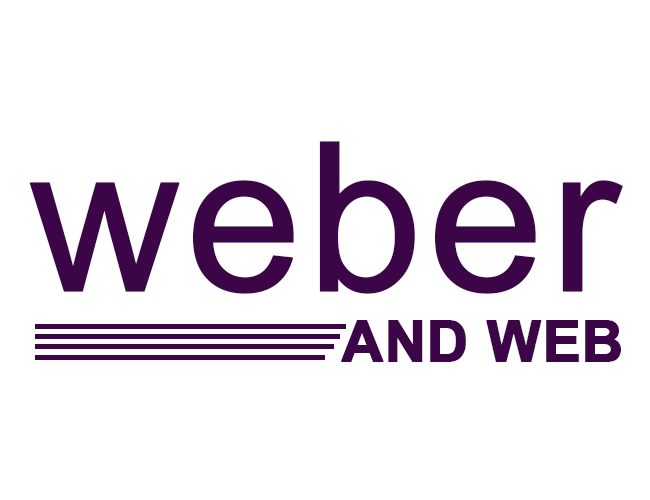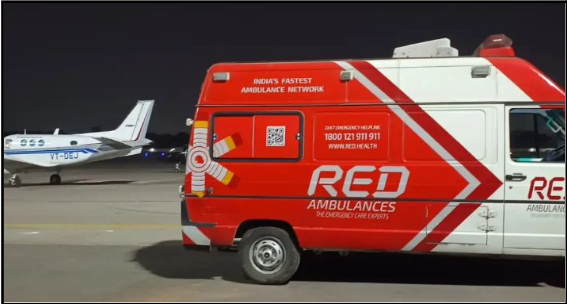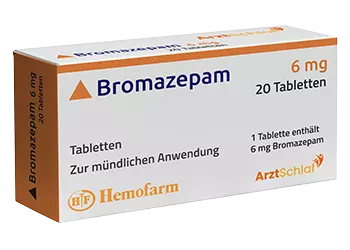In critical moments, every second counts. Whether it’s a road accident, sudden cardiac arrest, or a patient transfer, the availability of efficient ambulance services can significantly impact survival rates and patient outcomes. In India, both emergency ambulance services and private ambulance services play crucial roles in patient transport, medical intervention, and healthcare accessibility. With increasing urban density and healthcare needs, knowing how to quickly access an ambulance service number can make all the difference.
Emergency Ambulance Services: The Frontline Lifesavers
Emergency ambulance services are designed to respond rapidly to life-threatening situations. These include road traffic accidents, strokes, heart attacks, trauma, and other medical emergencies that require immediate attention.
Key Features:
- 24/7 Availability: These services operate round-the-clock, ensuring help is accessible at any hour.
- Trained Paramedics: Emergency ambulances are typically staffed with trained medical professionals who provide pre-hospital care.
- Advanced Equipment: They are equipped with ventilators, defibrillators, oxygen cylinders, and essential drugs to stabilize patients en route to the hospital.
- Integration with Emergency Helplines: Services like 108 (India’s emergency number) ensure fast coordination between dispatchers and hospitals.
Government-funded emergency services are often free of cost and cover both urban and rural areas. However, limitations in reach, response time, and resource availability in some regions can challenge their effectiveness.
Private Ambulance Services: Bridging the Gap
Private ambulance services complement public emergency systems by offering faster, more personalized care, particularly in urban settings. These services are especially useful for:
- Non-emergency patient transfers (home to hospital, hospital to hospital)
- ICU or ventilator-supported transfers
- Event standby medical support
- Scheduled appointments like dialysis or radiotherapy
Advantages:
- Quicker Response: Often less burdened than public services, private ambulances can reach patients faster.
- Customizable Services: From basic life support (BLS) to advanced life support (ALS) and ICU ambulances, they cater to varying patient needs.
- Technologically Integrated: Many private services offer real-time tracking, booking via apps, and digital payments.
- Choice and Comfort: Patients and families can select specific providers, vehicle types, and even routes in some cases.
However, private services usually come at a cost, which may not be affordable for all. Rates vary depending on the distance, ambulance type, and additional medical support needed.
Ambulance Service Numbers: The Critical Lifeline
In emergencies, knowing the right ambulance service number can save lives. In India, the universal toll-free number 108 connects callers to emergency medical services. Additionally, some states and private players have their own helplines and booking platforms.
Popular Emergency Numbers in India:
- 108 – Government emergency ambulance service
- 102 – Free ambulance for pregnant women and newborns
- 1298 – Private ambulance services in major cities
- 112 – India’s all-in-one emergency number (for police, fire, and ambulance)
Tips for Quick Access:
- Save Numbers in Your Contacts: Include both government and reputed private service numbers.
- Use Ambulance Apps: Apps like RED.health, StanPlus, and Medulance offer online booking, tracking, and real-time updates.
- Display in Public Areas: Workplaces, schools, and housing societies should clearly display ambulance service numbers for easy access during crises.
Choosing Between Emergency and Private Services
The choice between emergency and private ambulance services depends on the situation:
- For critical, life-threatening emergencies: Call 108 or use integrated emergency apps for fastest government response.
- For stable but urgent patient transfers: Private ambulances offer better customization and comfort.
- For rural areas: Government services like 108 are often the only available option, though coverage may vary.
- For high-dependency transport (ventilator, ICU setups): Specialized private ICU ambulances are more reliable.
Future Outlook: Integration and Accessibility
India’s ambulance sector is undergoing a transformation, thanks to government schemes, private investment, and tech integration. Some notable trends include:
- Telemedicine Integration: Ambulances now connect with doctors during transit for early diagnosis.
- 5G & IoT: Real-time health monitoring systems in ambulances allow hospitals to prepare in advance.
- Centralized Booking Systems: Unified helplines and apps are making it easier to book and track ambulance services.
Efforts like Ayushman Bharat and state-specific health missions are also aiming to strengthen ambulance infrastructure and availability in remote areas.
Conclusion
Understanding the difference between emergency ambulance service and private ambulance service is essential for timely and effective medical response. Equally important is knowing and saving the right ambulance service number. In moments of urgency, being informed and prepared can make the difference between life and death. Whether through public or private providers, accessible and efficient ambulance services are a cornerstone of a responsive healthcare system. As the sector continues to evolve, embracing digital tools and enhancing coordination between agencies will be key to saving more lives.




